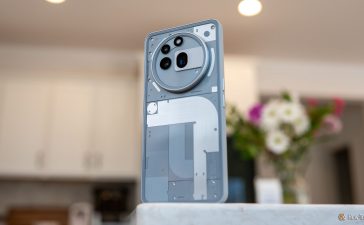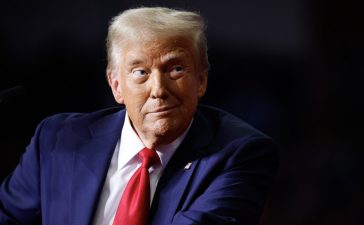
The Internal Revenue Service released its list of electric vehicles that will still qualify for the $7,500 federal EV tax credit after strict new supply chain rules go into effect on April 18th. And oh boy, is it short.
Big winners include Tesla, Ford, Chrysler, Jeep, and General Motors. Gone from the list are heavy hitters like Volkswagen, BMW, Nissan, Hyundai, and Rivian. The revised list is sure to change as more battery factories come online in the US, but for now, the list of qualifying vehicles is significantly shorter than its ever been.
Only six battery-electric models will initially qualify for the full $7,500 credit starting: Cadillac Lyriq, Chevy Bolt EV and EUV, certain versions of the Tesla Model 3 and Model Y, Ford E-Transit and F-150 Lightning.
Other EVs, like the Ford Mustang Mach-E and Tesla Model 3 Standard Range RWD, will qualify for half the credit because their batteries don’t meet the sourcing requirements. Several plug-in hybrid vehicles also qualify for the full credit, and a handful of EVs that go on sale later this year will qualify.
Here’s a list of eligible vehicles as of April 18th:
The list includes several plug-in hybrid vehicles that run on a combination gas engine and electric motor. It also includes several EVs that have yet to go on sale, including the Chevy Silverado, Blazer, and Equinox EVs.
Vehicles that will lose the credit starting tomorrow include the Nissan Leaf; BMW X5 xDrive45e; Genesis Electrified GV70; Rivian R1S and R1T; Volkswagen ID.4; and plug-in hybrid Volvo and Audi models.
While the list is much shorter, industry officials noted that the vehicles still represented make up the vast majority of EVs sold in the US.
“The great news here is that based on Q1 sales volumes, more than 90 percent of vehicles that were eligible for the credit before April 18th are still eligible, with the vast majority eligible for the full credit,” Albert Gore, executive director of the Zero Emissions Transportation Association, said in an email. “Companies across the EV supply chain have been working hard to secure supply chains for batteries and critical minerals, and this list reflects those efforts and the efforts of the Treasury Department to maintain consumer access to North American-made EVs in the near term.”
A quick refresher: the Inflation Reduction Act of 2022 includes a revised tax credit for electric vehicles and plug-in hybrid vehicles that imposed strict new rules regarding assembly, battery materials, and supply chain. In order to qualify for the full $7,500 credit, a vehicle and its battery would need to be sourced from and assembled in North America or a qualifying trade partner.
That represents a serious challenge to most automakers — and now for customers interested in buying an EV. Under the current supply chain, the vast majority of EVs have batteries, minerals, and components heavily sourced from other countries, China in particular. The law seeks to reduce the auto industry’s reliance on China, which accounts for some 70 percent of the global supply of battery cells.
But it should be emphasized: this is not the final list. Automakers plan on launching dozens of models in the coming years, some of which will make it on the list. Others will get re-added as companies break ground on new factories in the US and other eligible countries. And still, others will drop off the list as the Inflation Reduction Act’s tough new rules get stricter by the year.
Starting in 2024, for example, any EV that includes minerals from China in its battery won’t qualify for the tax credit. Rules for battery components similarly get tighter as the years go on. New trade deals in the future could mean new vehicles get added to the list. It is very much a moving target for everyone, including car shoppers.










